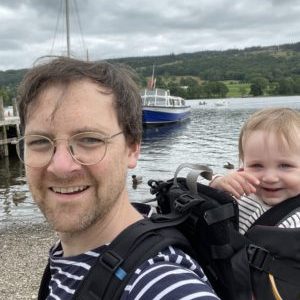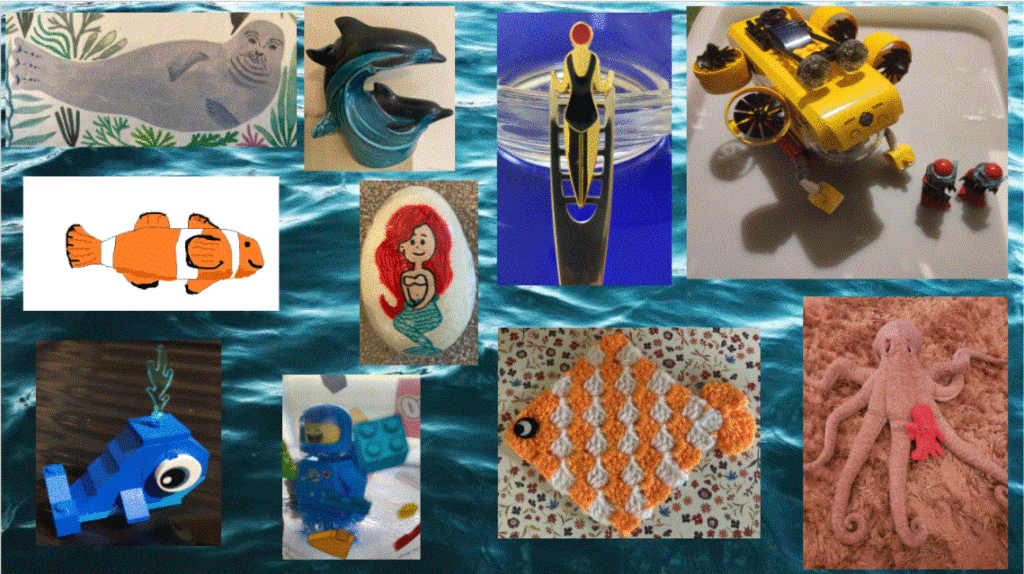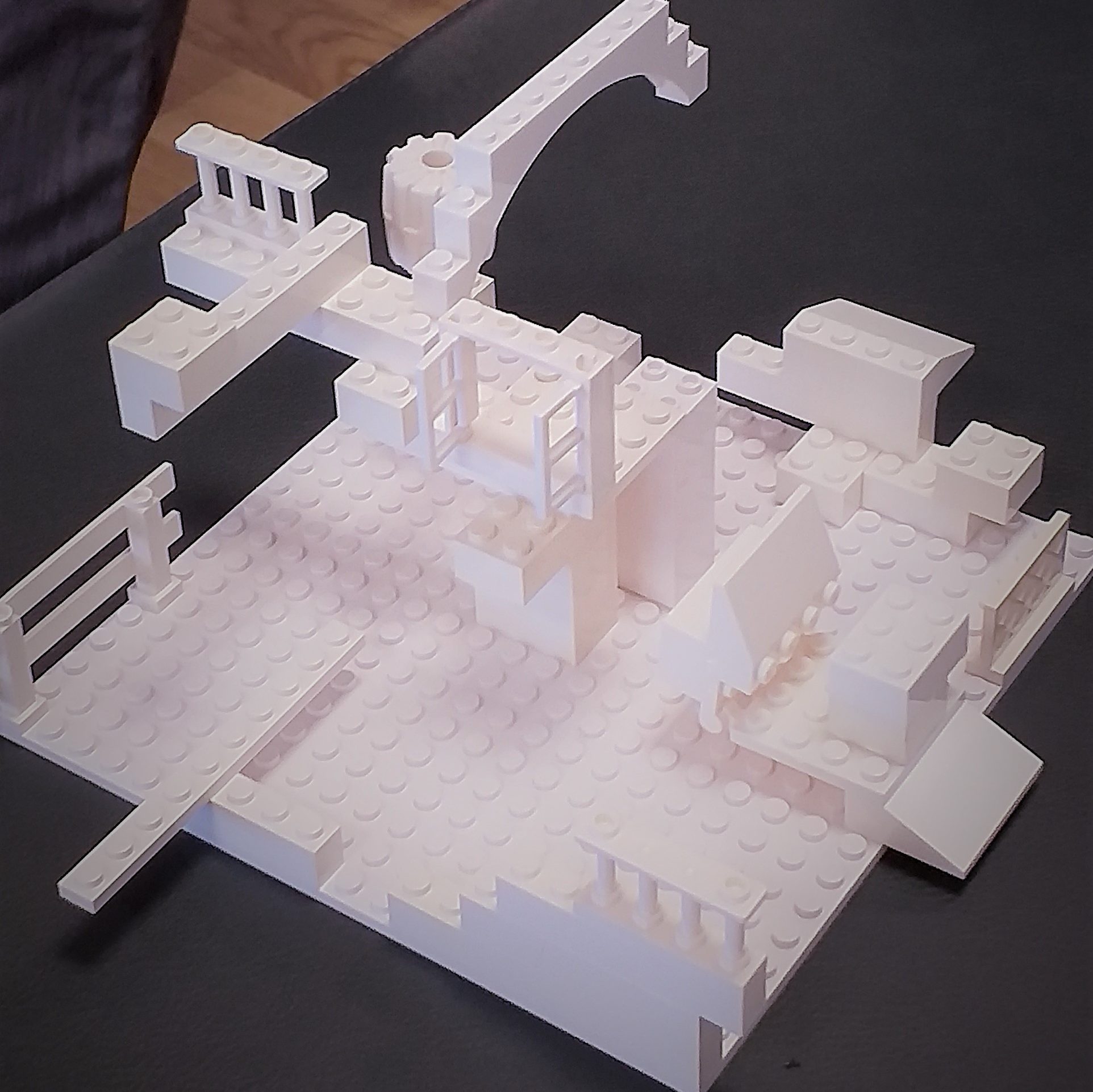Guest Blogger: John Lean
Hi everyone! I’m John and it’s my pleasure to write the first of the Playful Learning blog entries to reflect on what’s been going on at our 2021 online conference.

Late last night I returned from my own ‘happy place’ (Eskdale in the Lake District) after a too-short holiday with my partner and son, and logged on to the site to check in on what’s been happening. Since then I’ve been following developments on the site obsessively; it’s been nice to have something to replace the football 😒.
Some of you might remember me as the referee for the conference game in 2019, so you’ll know that I’m ever so slightly obsessed with the various ceremonies we invent around competition (my current one is the little robot car that brought out the ball during the Euros). What you might not know was that the game was (partly) an elaborate experiment in forcing people to make friends with each other. Making friends is a vital part of ‘real world’ conferences, but how do we build a sense of community and collegiality when we’re working online? For obvious reasons, this question has been preoccupying many of us for the past year or so; perhaps Playful Learning can provide some new, playful ways of building online collegiality!
The challenge put to delegates on Monday was to collaborate on creating a beautiful thing, specifically with someone new who they hadn’t met before. So far we’ve seen short stories, collages, songs, films and Lego models in the activity feed, and what all of these have in common is that they demonstrate the ways in which participants have broken the ice and started to create together!

Having something playful to do built that immediate sense of collegiality, rather than being dumped in the same Zoom chat and being expected to just learn everyone’s names. At the same time, the asynchronous nature of the activity meant that people could contribute at different times, and there was always something new to see as products gradually came together. Here are some very scrappy reflective thoughts on how that process worked…
- Some people are more comfortable playing than others, and in this activity I noticed that these people naturally became unofficial ‘playmakers‘ for others. All it takes is for someone to put themselves out there, and less experienced/confident people can join in. In this context that’s vital, but more generally I think that activities like this can be deliberately designed to play to the known strengths of participants as a starting point.
- I’m really interested in the ways in which playful practice subverts and transforms existing ways of doing things, even when these are playful in the first place. As a university lecturer in my mid-30s I’m not entirely sure if I understand TikTok (or if I even should), but I could see a clear lineage from TikTok sea shanties to our own What do you do with a boring classroom, not just in terms of format but in terms of how the piece came together in lovely pirate-y layers that built upon previous iterations. This was a perfect model of collegiality developing in real time, in that you could literally hear the contribution that each individual was making. It also proved a good starting point for chat at the launch event; people could lay claim to their own weird noises!
- I appreciated that I was able to see people’s work-in-progress by being nosey and clicking links (editing this blogpost makes me a journalist, right?). This was effectively people ‘showing their sketch’; not focusing on perfecting the product but on the process of getting there. Importantly, through sharing these collaborative links newcomers could see projects that were already underway before contributing themselves, effectively seeing how they might fit into a task. Again, this build the sense of collegiality because the focus shifted away from individuals having to formally introduce themselves, and towards people just getting stuck in.
- Finally, it seems silly but the word ‘beautiful’ does an awful lot of work in that instruction, especially around this idea of focusing on process not product. Sometimes it can be difficult to build collegiality in a short space of time because new people seem more talented or experienced than you (if, for example, they own more accordions), and you worry that your contribution won’t live up to expectations. By making the focus of the task collaboration, that word ‘beautiful’ has let delegates contribute in different ways towards a whole piece that is beautiful precisely because it’s the product of collaboration. Whether your contribution is big or small, you can get involved without worrying, because beauty is guaranteed by definition!

Now if you don’t mind I’m off to stare at some sunsets and cry about my new definition of the word ‘beauty’*. See you for more playful shenanigans tomorrow, folks!
*the football
John


Great blog John – I like the observation about ‘playmakers’ – it was really interesting to see some people taking that role yesterday and I agree it helped others join in.
Interestingly the word ‘beautiful’ actually scared me away from participating – I got filled with self-doubt about declaring something I had made or contributed to ‘beautiful’!
Thanks John. In my own research, I’d been looking for a term to describe the person who plays and encourages others to play. So far, I’d been using “champion” but “playmaker” is so much better!